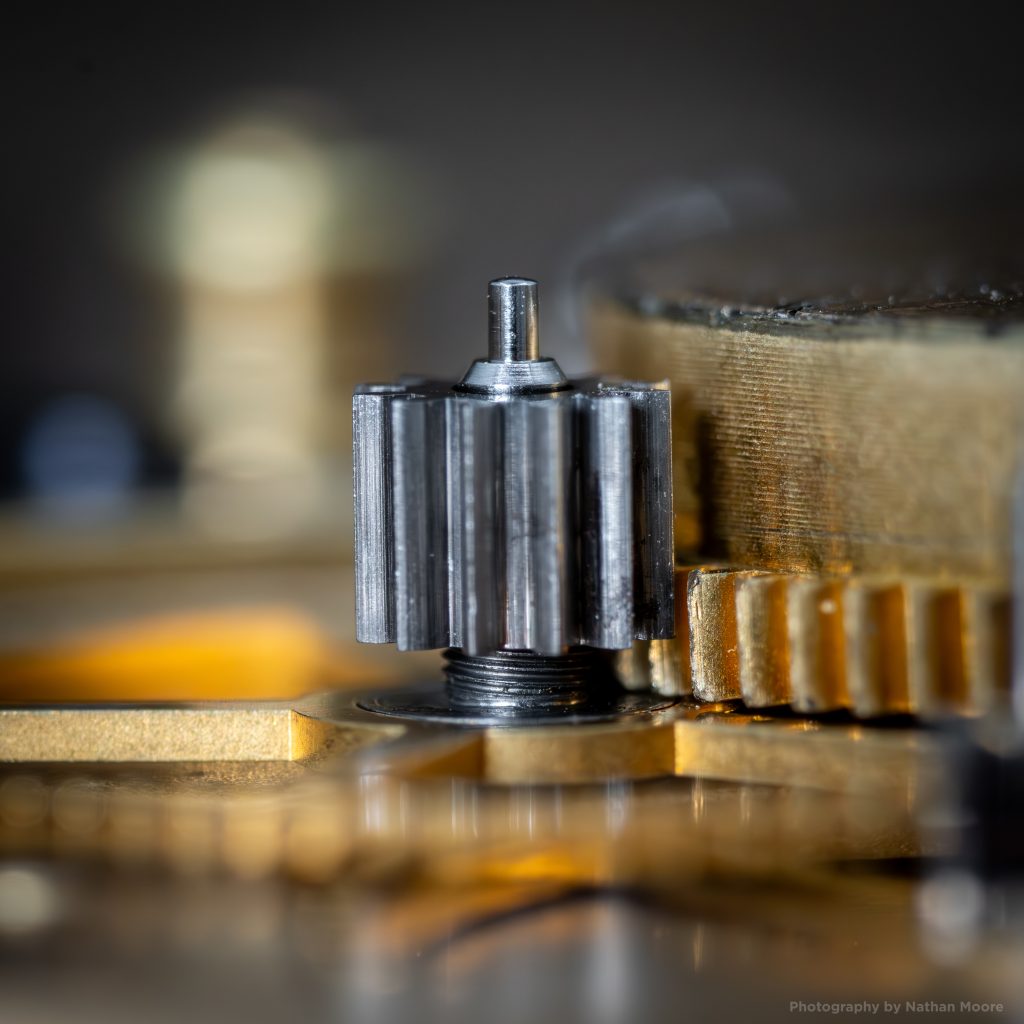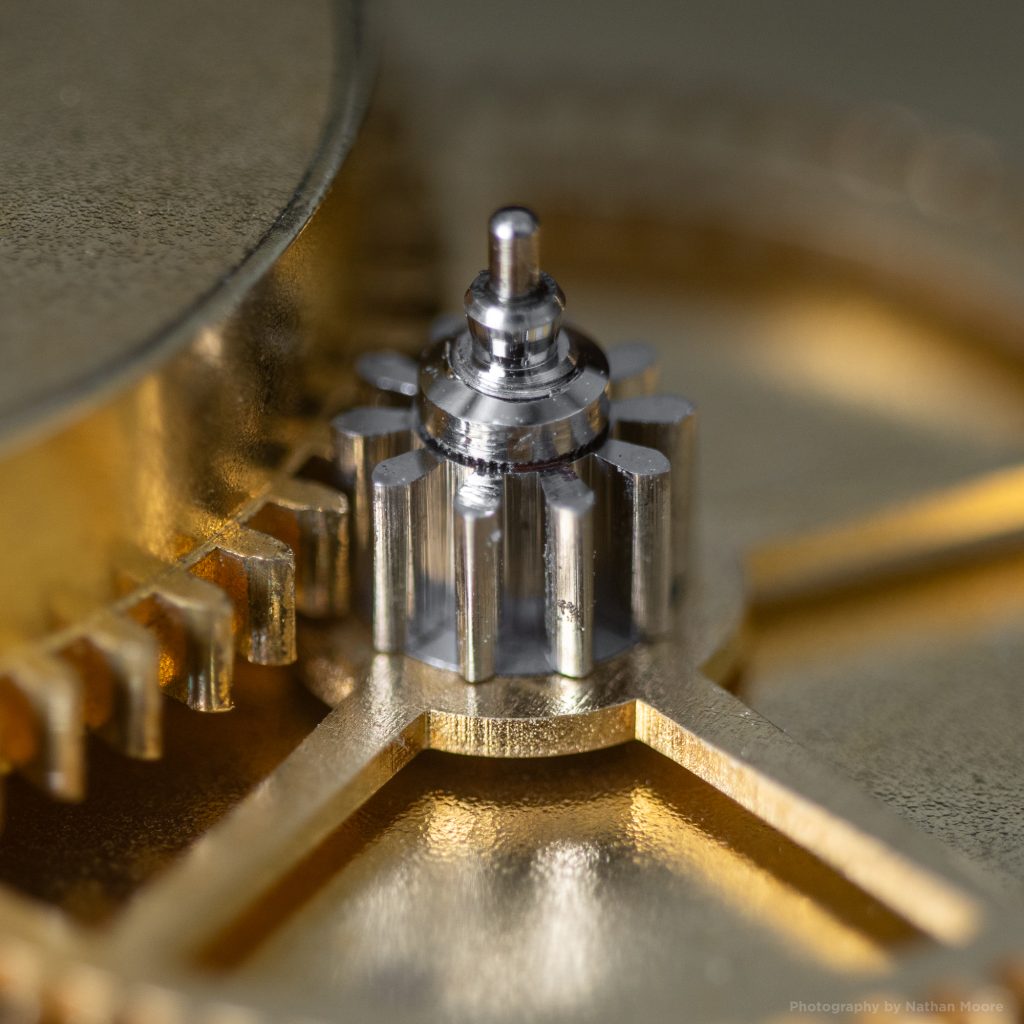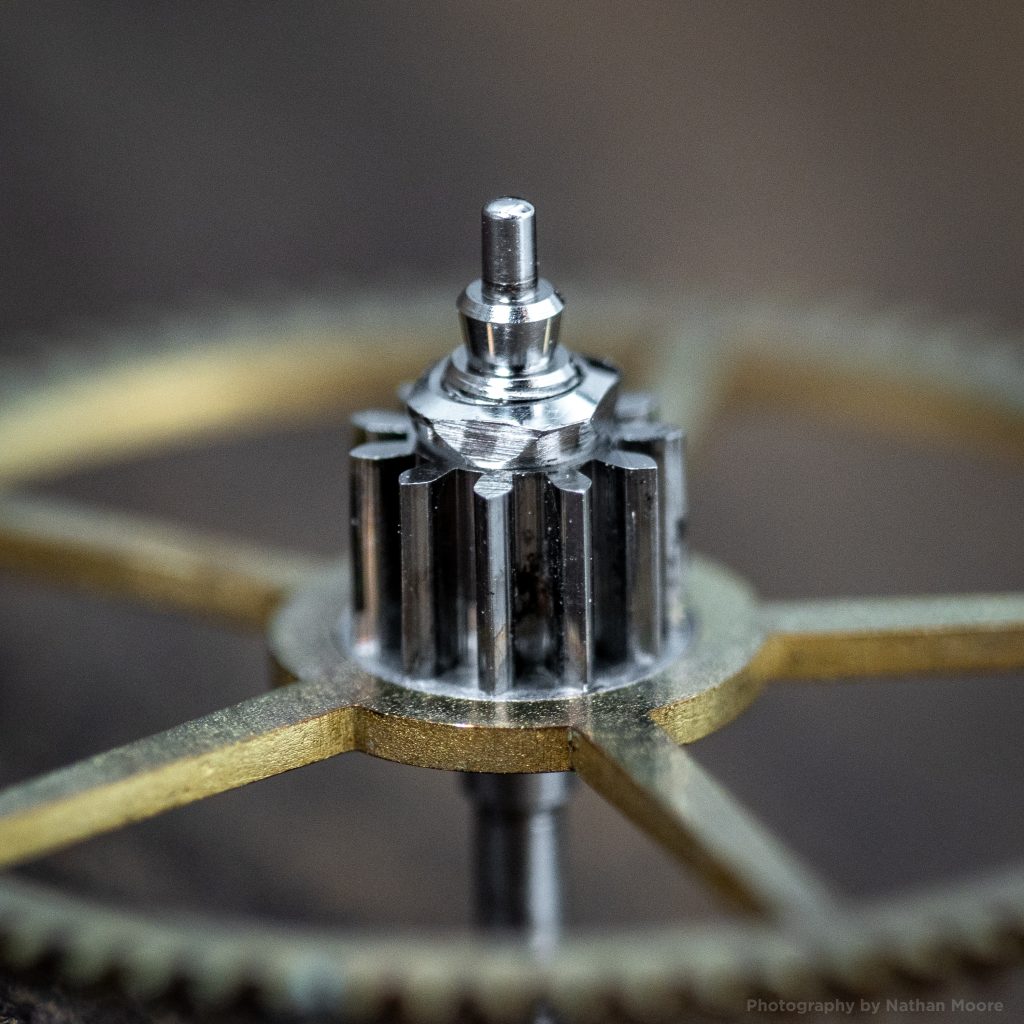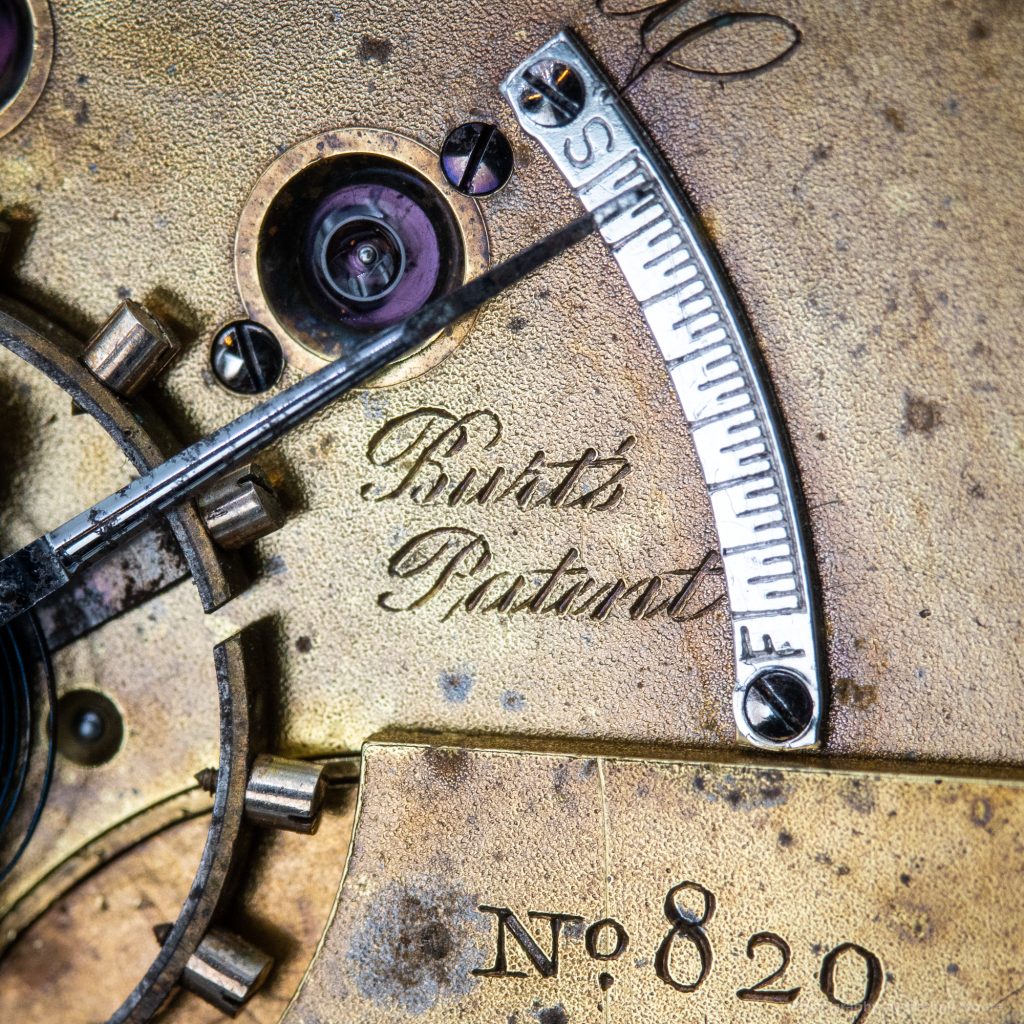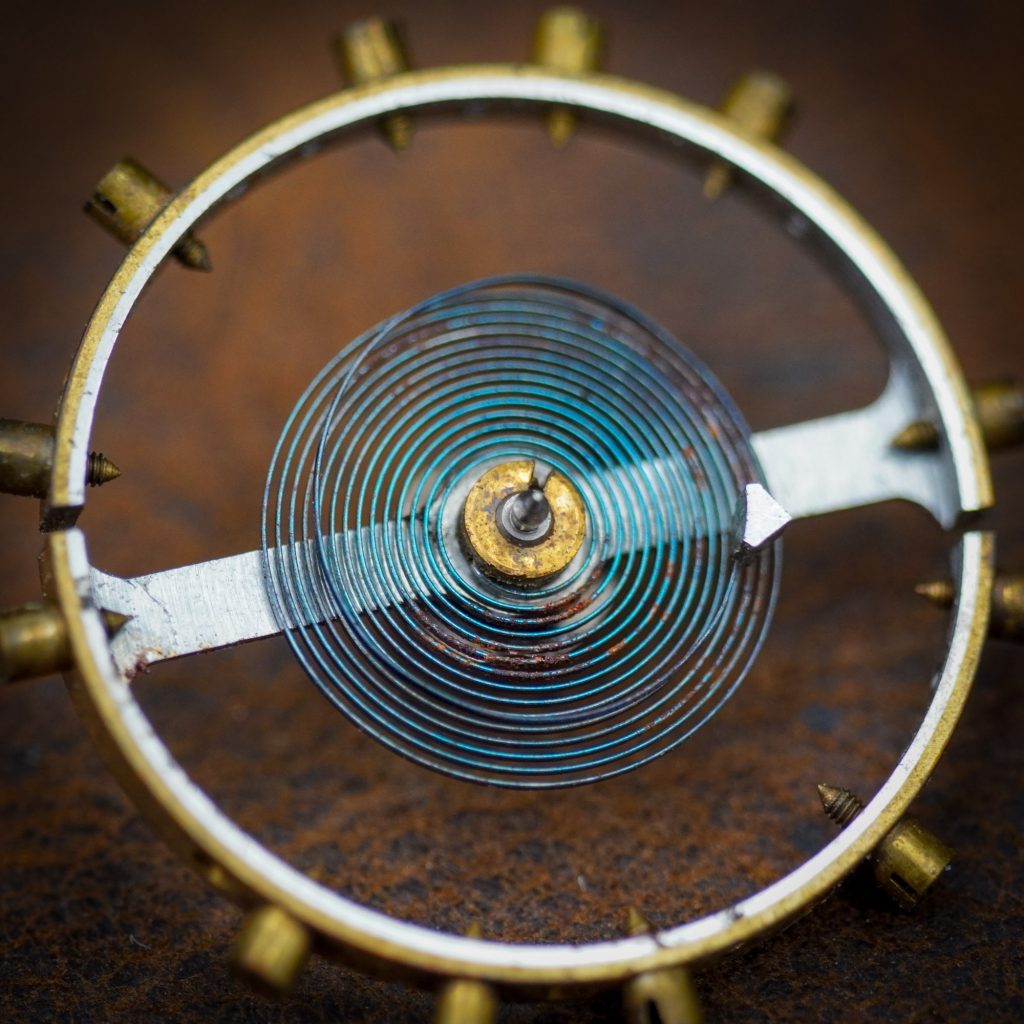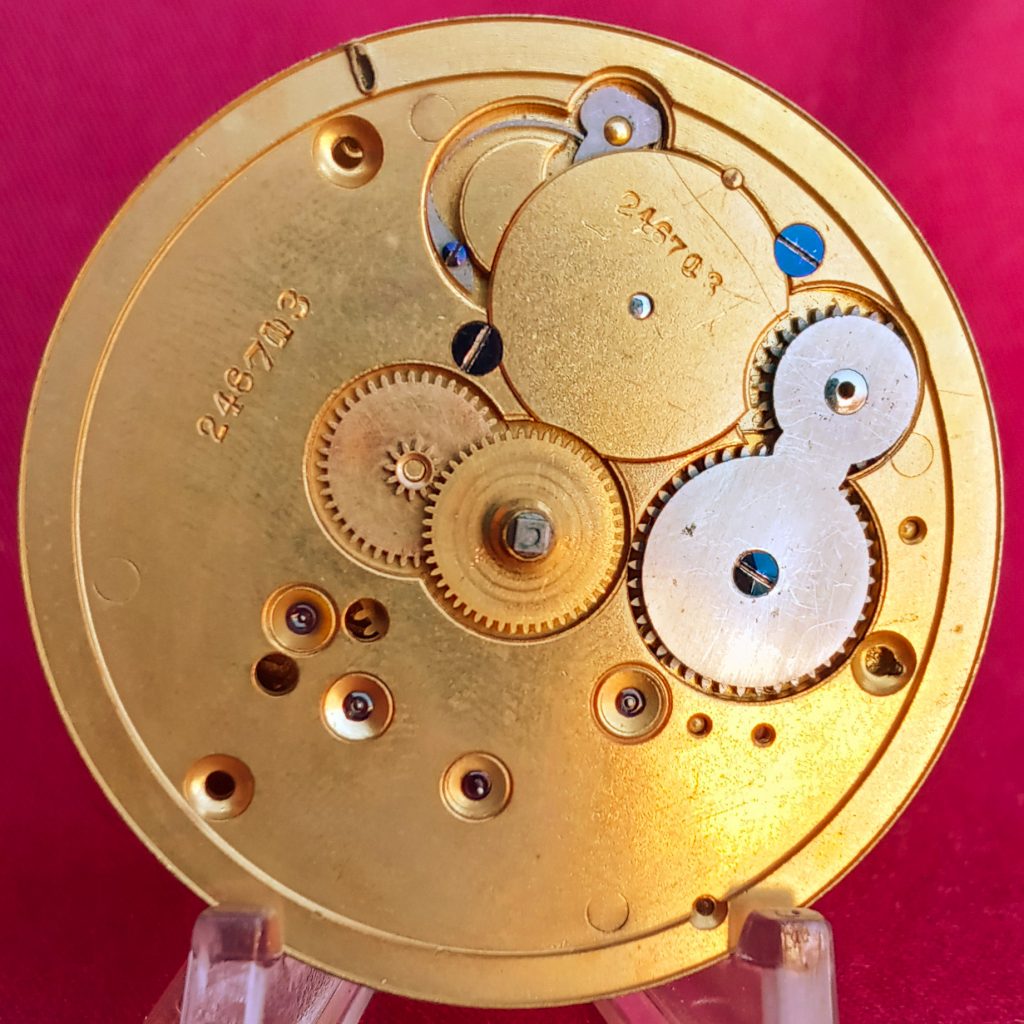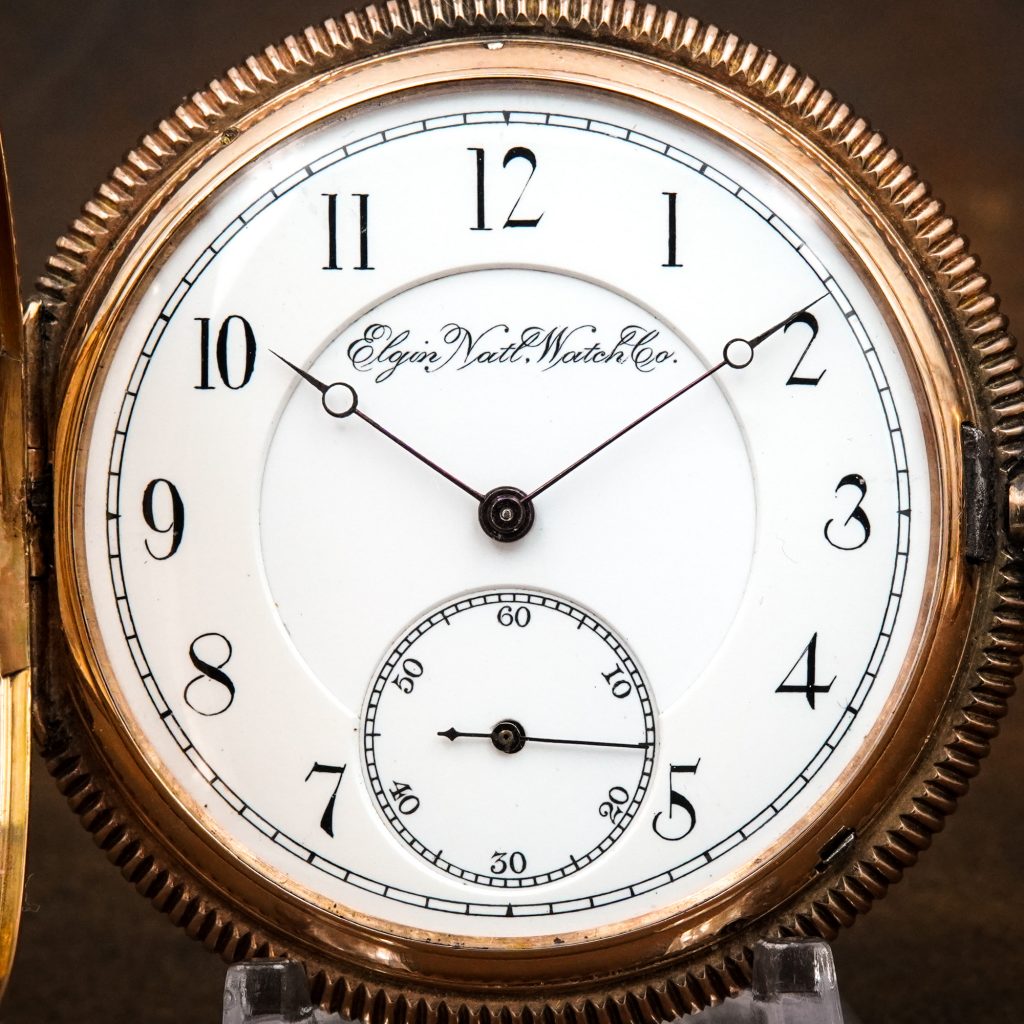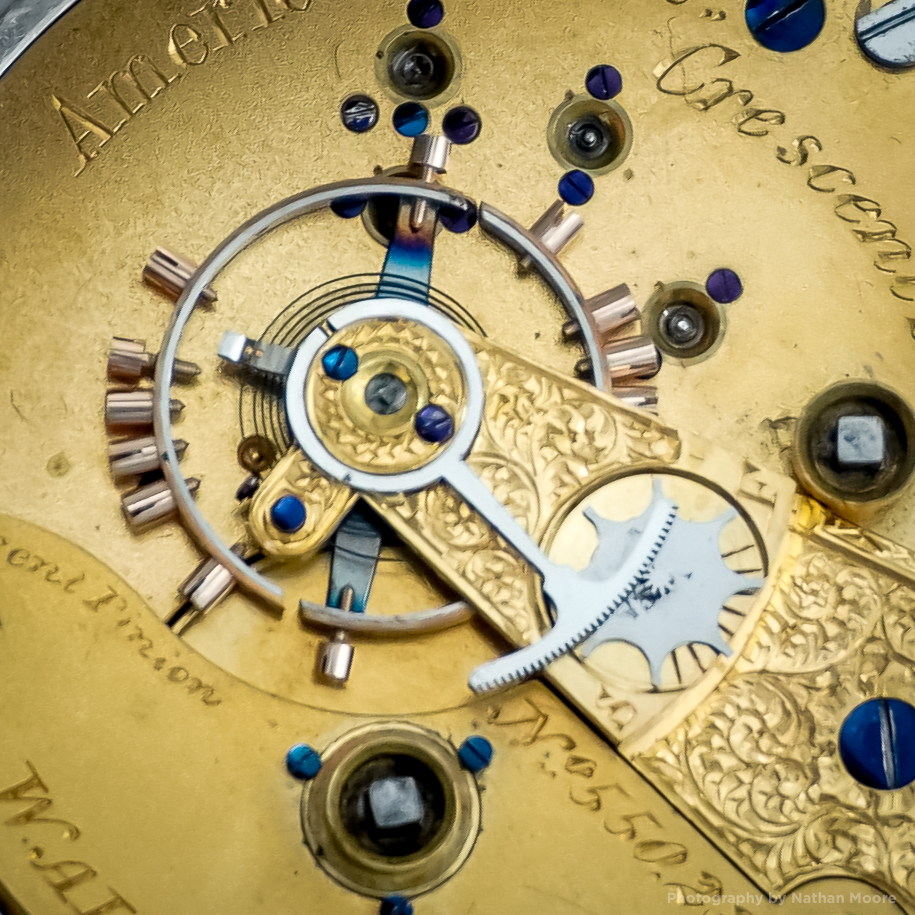
Innovation

The safety pinion was one of the most pivotal inventions to impact the America watch industry. The ability to protect the delicate watch parts from being damaged when a mainspring.
Charles S. Moseley joined the National Watch Company in 1864 after being lured away from the American Watch Company in Waltham. Moseley exhibited a brilliant mechanical mind and was offered.
National Watch Company (Elgin) B.W. Raymond #829 Marked "Burt's Patent" "Mainspring Events" The large mainspring that serves as the power source for a mechanical watch movement can also become a.
Pictured: Rust on a Steel Hairspring At age seventeen, Charles-Auguste Paillard began an apprenticeship under his uncle to study the repair, service, and adjustment of marine chronometers. Paillard quickly realized.
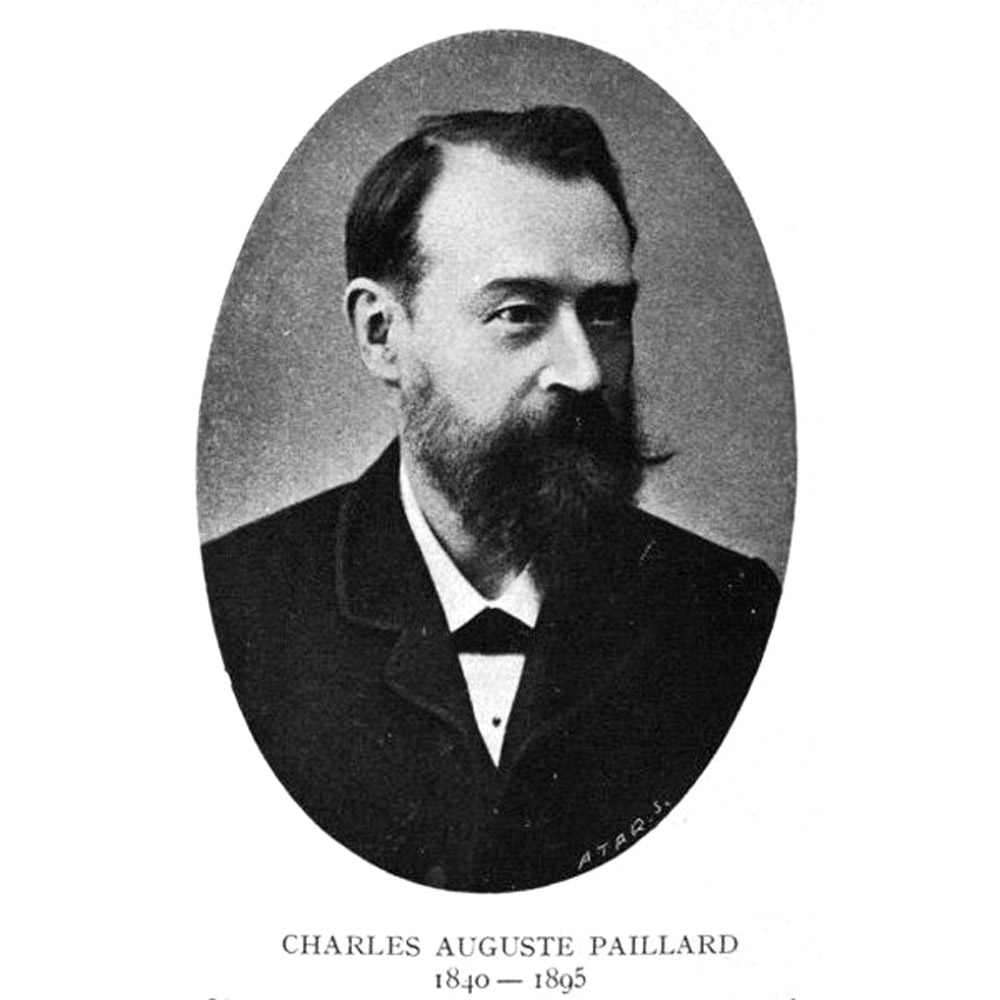
H.H. Taylor (Private Label) #246713 As discussed in the previous article, the very first stem wind movements emerged from the Elgin factory in June of 1873. These movements were key-set.
Pictured: Early Arabic Dial on Elgin Interchangeable Movement, c.1885. Until the 1880s, watch dials manufactured in the United States almost exclusively featured Roman Numeral hourly indicators. Not only was this.

